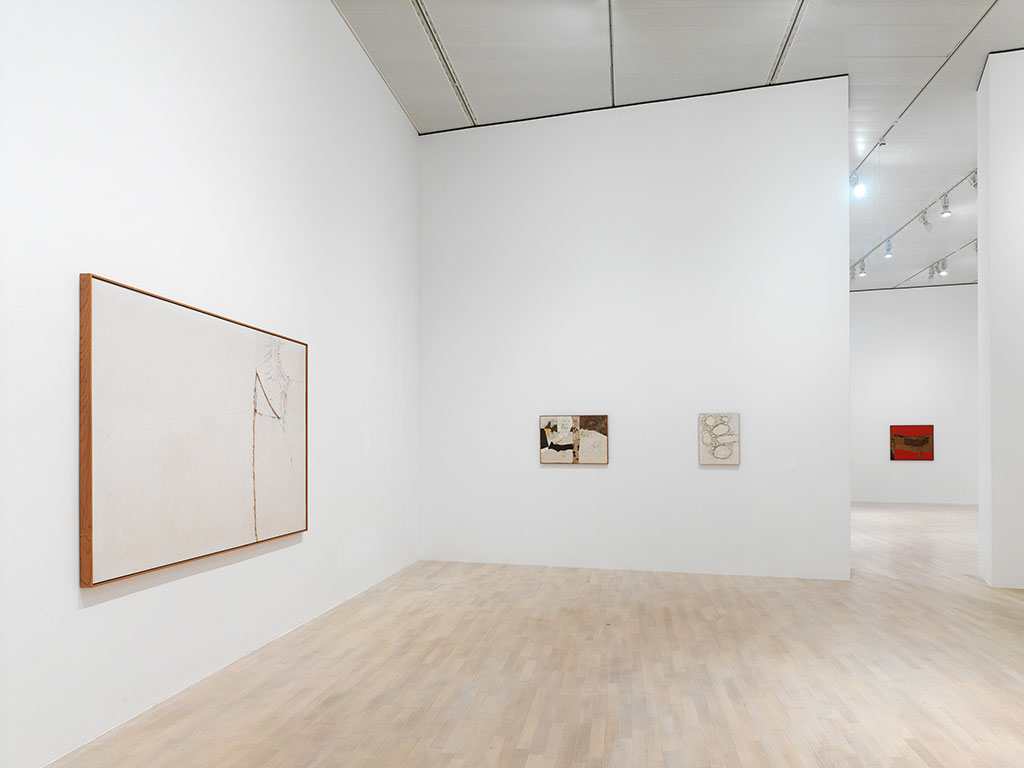With his instantly recognizable paintings constructed from materials such as iron, burlap, and plastic, the Italian Alberto Burri (1915–1995) was among the most influential artists of the postwar era. In Germany, however, his work has remained largely unknown. In cooperation with the Solomon R. Guggenheim Foundation in New York, the Kunstsammlung Nordrhein-Westfalen in Düsseldorf hosts the comprehensive retrospective Alberto Burri: The Trauma of Painting, on view beginning March 5 (until July 3, 2016).
Containing approximately 70 works, this presentation at the K21 is the sole European location following the exhibition’s original appearance at the Guggenheim Museum in New York. Alongside Lucio Fontana, Burri is the most important Italian artist of the second half of the twentieth century and is regarded as a forerunner of Arte Povera. "In recent art as well, the profound attraction to materiality characteristic of his work plays an important role," remarks Kunstsammlung Director Marion Ackermann.
The Burri retrospective in the lower level of the K21 will be complimented in the bel etage with works from this artist's international milieu. Examples by such artists as Jannis Kounellis, Robert Rauschenberg, and Cy Twombly from the permanent collection of the Kunstsammlung NRW document Burri's sustained artistic influence.

